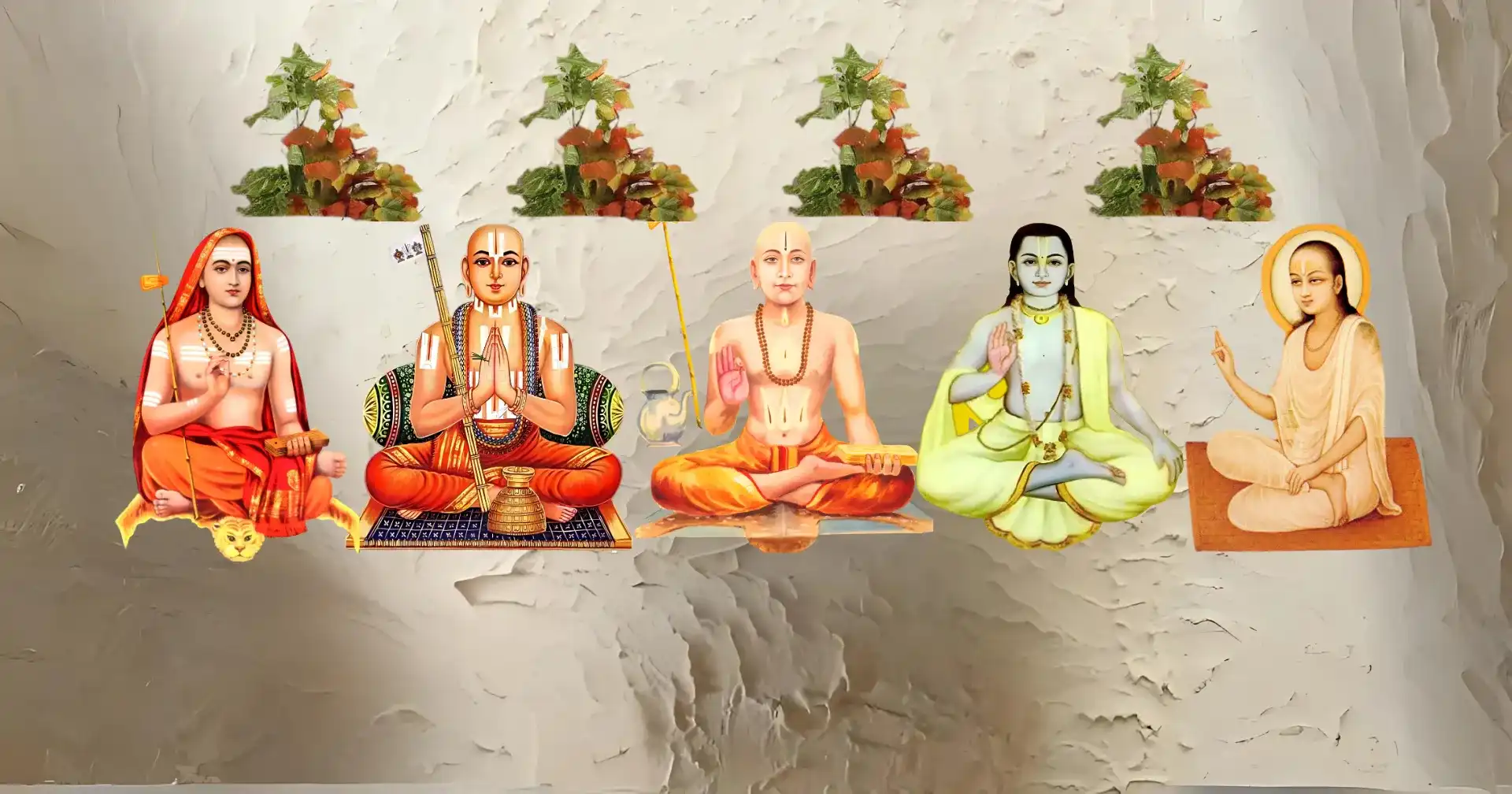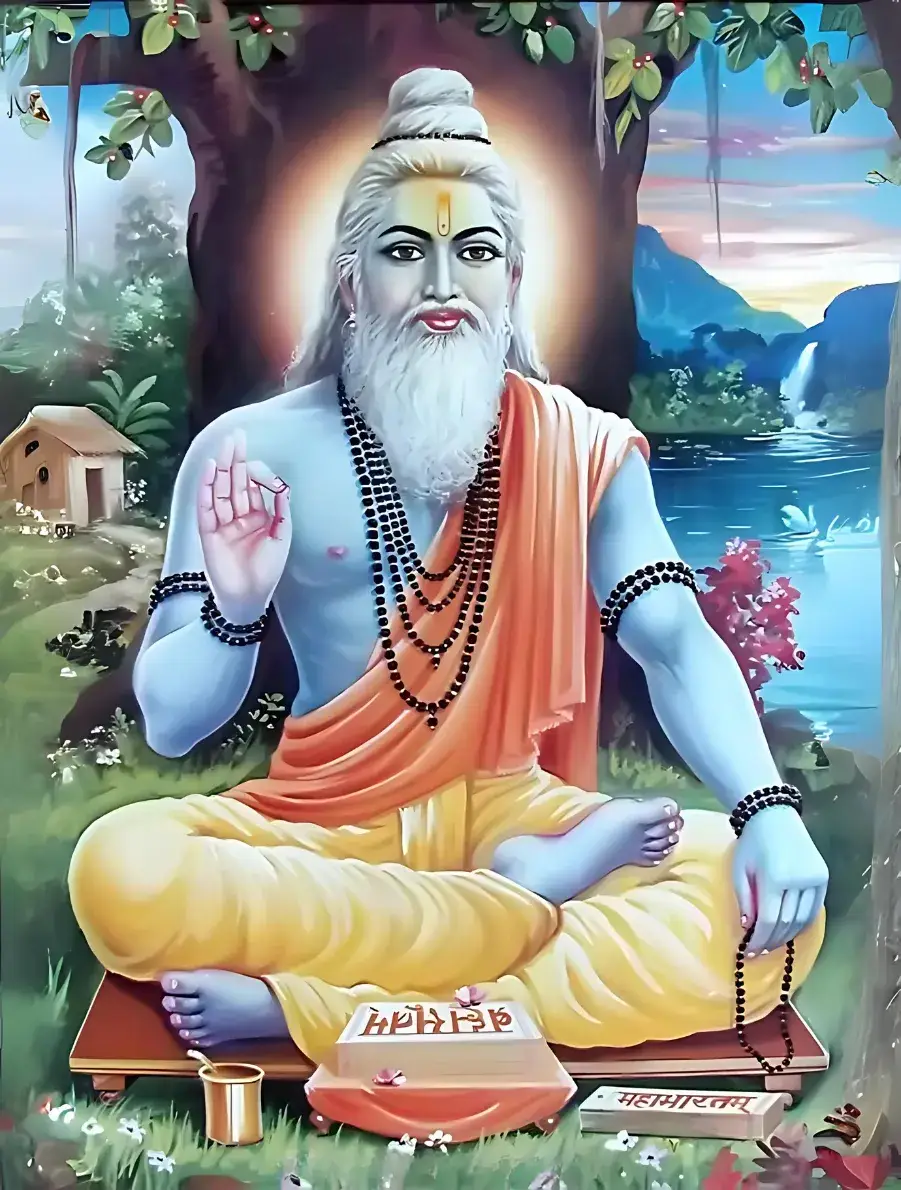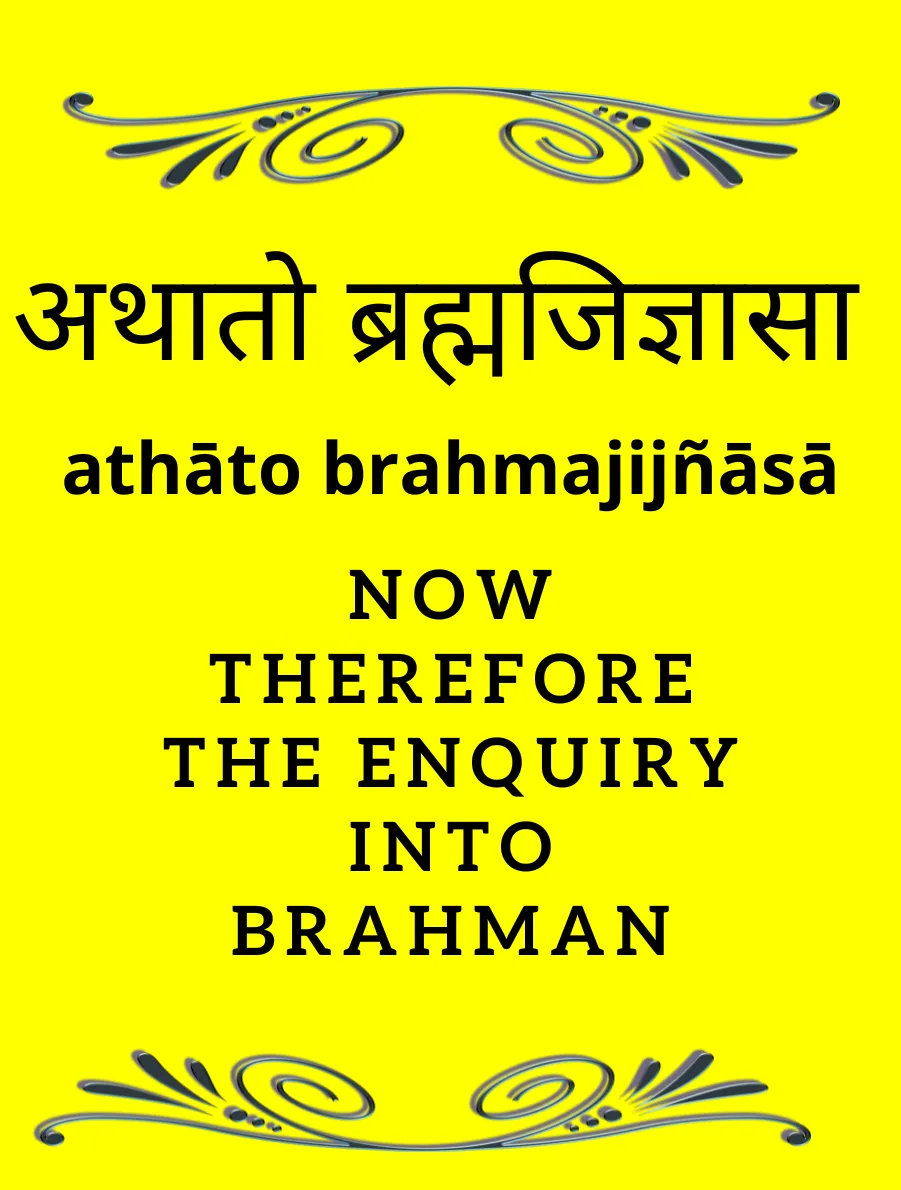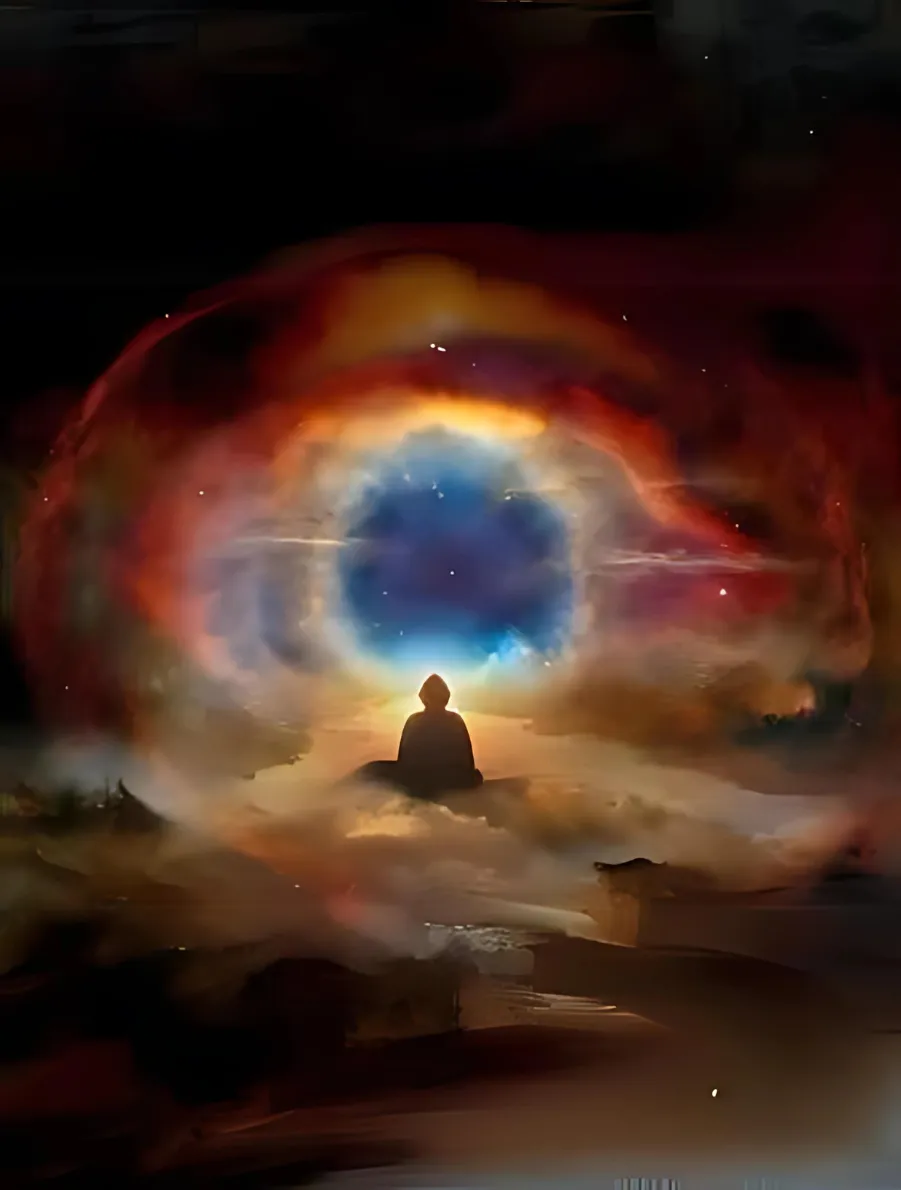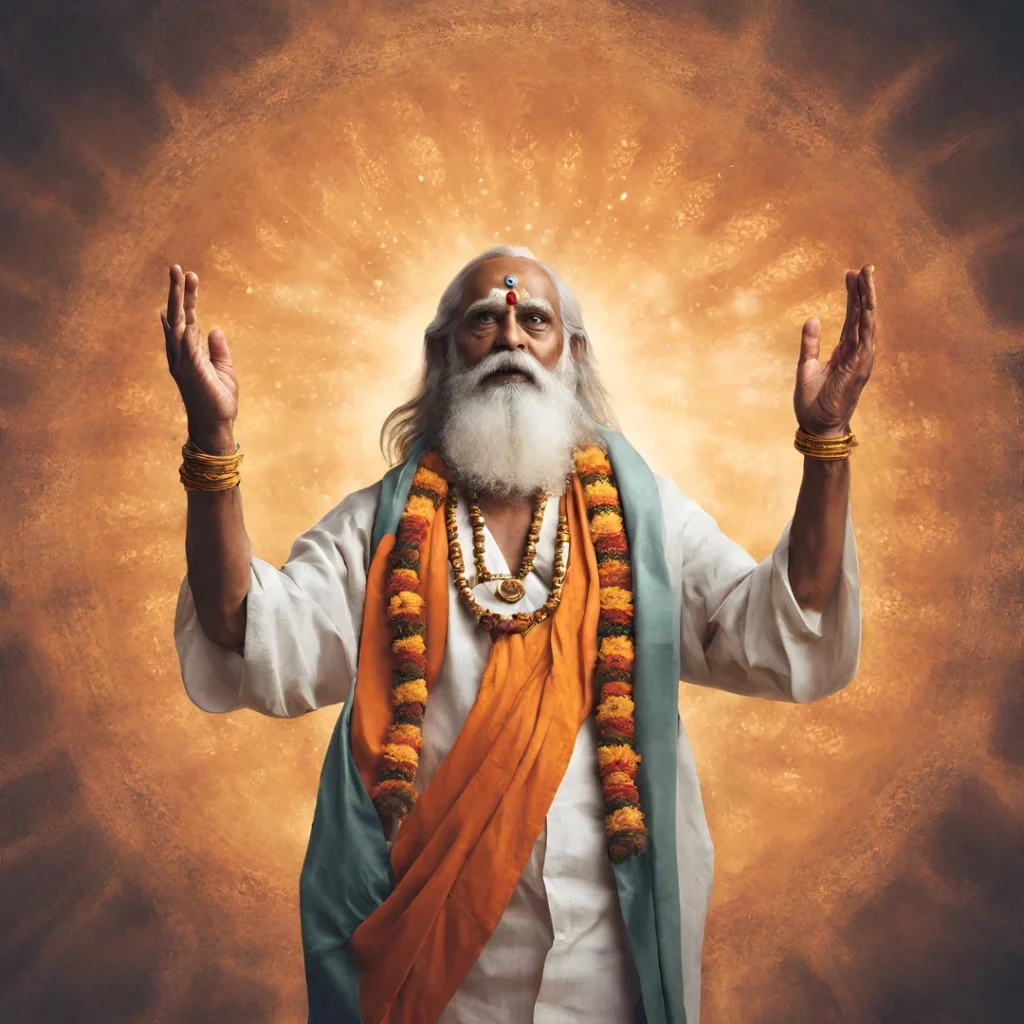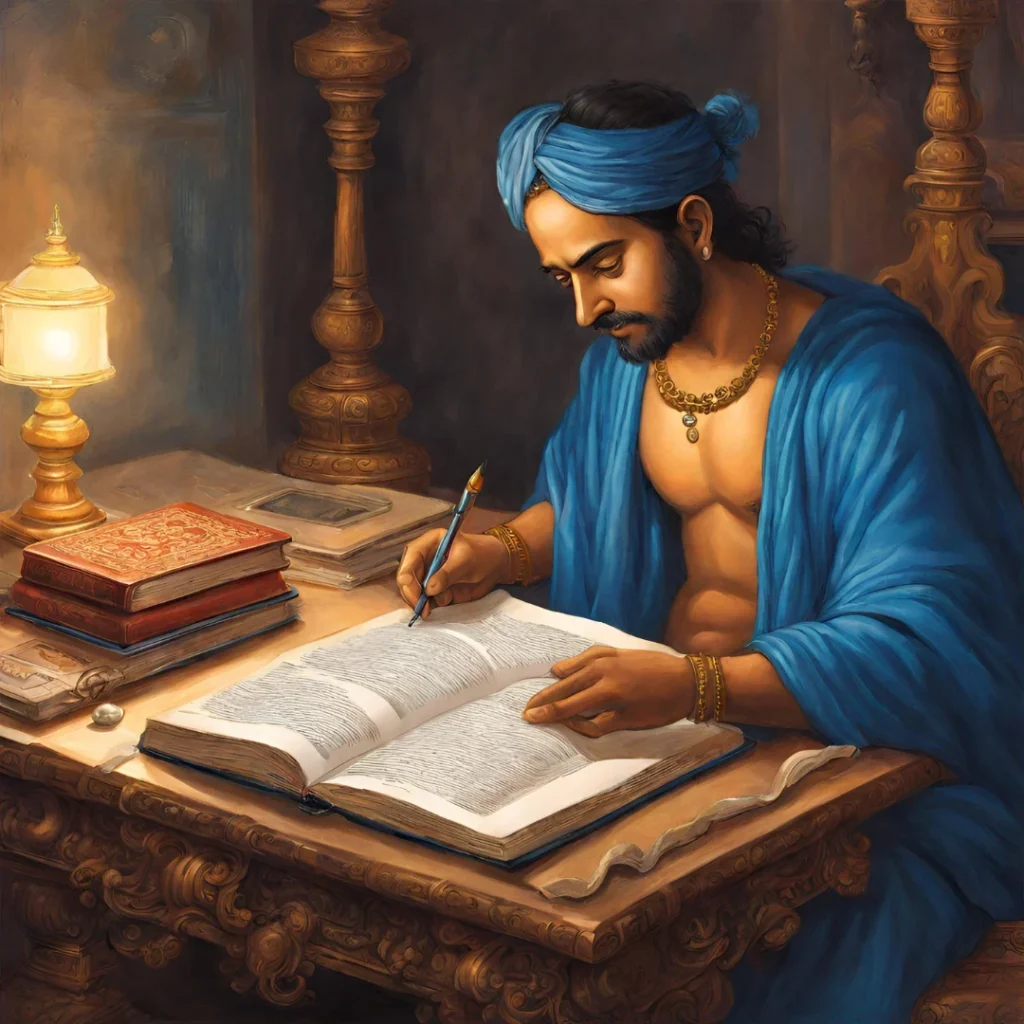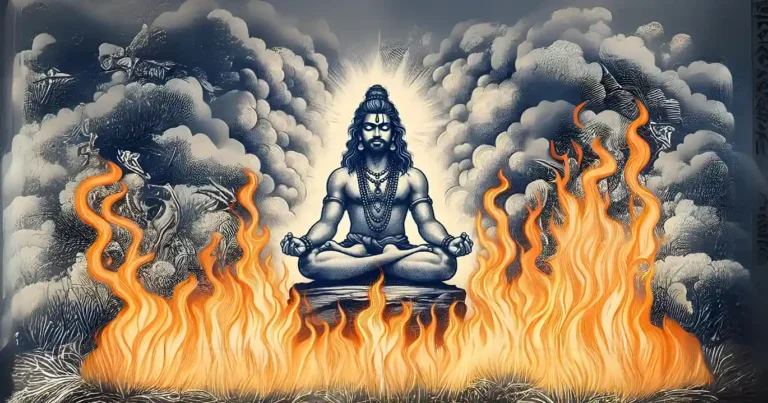Please Like the Blog and Share it for Maximum Reach
Table of Contents
The Consolidated View Point of the Acharyas
The Acharyas of Sanatana Dharma such as Sri Adi Shankaracharya, Sri Ramanujacharya, Sri Madhvacharya, Sri Nimbarkacharya and Sri Vallabhacharya have alluded to the Ultimate Truth through various Commentaries that Brahman alone is the consummation of the Vedas, usually referred to as the Jnana Kanda part of the Vedas. The Brahma Sutras of Sri Badrayana is at the helm of the Jnana Scriptures.
What is the Jnana Kanda
Jnana Kanda or the treatise on philosophical knowledge is hailed as Veda-Shir (वेद-शिर) or the head of the Vedas. It is thus given utmost importance as it is the crown of the Vedas, containing within itself liberating knowledge. Jnana Kanda flows down in the forms of Upanishads. Upanishads are personifications of Jnana or Knowledge.
The concentrated Jnana embedded within Vedas are beyond the ken of common understanding. Thus, Upanishads deliver their import through its profound statements. The exalted Sage Veda Vyasa, compiled the Vedanta Sutras to help the common man grasp the knowledge that can relieve him from the bondage of the material world. Vedanta means the decisive conclusion of Vedas.
Usually the crux of a voluminous novel is found at the end. The climax or takeaway is also towards the end. On similar lines, Vedanta which literally means conclusion of the Vedas gives a consolidated insight of the eternal Vedas. The Upanishads are considered to be the Consummation of the Vedas as it encapsulates all that Vedas have to offer.
Without studying them, a person cannot realize the Science of Liberation. Everything that has to be understood from the Vedas are present in the Upanishads and in turn, is holistically addressed in the Vedanta Sutras. This work consists of 555 Aphorisms which is also known as a Sutra in sanskrit. To know the detail of the 4 chapters, kindly read our Article Titled 4 Chapters of Brahma Sutras: A Path to Liberation
An Explanation on Sutras
A Sutra in Sanskrit means thread. The Brahma Sutra, thus strings together the pearl-like statements of the Upanishads. It encapsulates the entire gamut of Vedic wisdom, wonderfully knocking off all the misconceptions that may surface up while deciphering the statement in the Upanishads.
A Sutra is crafted as an aphorism, exceeding not more than a few words. Being short can get easily imprinted in the minds of individuals who take it up as serious spiritual study. As aphorisms, they deliver more meaning as they fit into the lives of all individuals. But, its commentary also known as Bhashya cannot be less than a few pages.
In mathematics, a theorem is devised after complex calculations and logic. A theorem is concise, but holds immense significance. However, unless proven or explained, a student cannot assimilate and apply the theorem. Once understood, that simple theorem can be applied to reach the solutions of many mathematical problems.
A Highlight on the Commentaries of the Brahma Sutras
Similarly, the Brahma Sutras may appear like simple aphorisms compiled together. But, the depth of knowledge each Sutra delivers is immeasurable. The meaning of these aphorisms cannot be revealed without detailed explanation. The Sutras are so incisive that it may beat the common man.
Hence, authentic commentaries by Acharyas aid in deriving maximum essence from them. These Commentaries propel us to delve deeper into our conscience. For example the Sariraka Bhasya of Sri Adi Shankaracharya, the Sri Bhasyam of Sri Ramanujacharya, the Madhva Bhashya or Anu Vyakhyana of Sri Madhvacharya, the Anu Bhasya of Sri Vallabhacharya, the Vedanta Parijata Saurabha of Sri Nimbarkacharya, the Govinda Bhasya of Sri Baladeva Vidya Bhushan, etc are some powerful commentaries on the Vedanta Sutras.
A Slight Difference Between Sri Adi Shankarachara’s and Sri Ramanuja’s Philosophy
Each commentary, though presented in accordance with their respective tenets, ultimately talk about one single reality and goal, that is cessation from the cycle of birth and death.
For Example: The Sariraka Bhasya comes from the Kevala Advaita standpoint whereas Sri Bhasyam represents Vishishtadvaita. While Sri Adishankara propagated that Brahman and Atman are ultimately one, Sri Ramanuja claimed that Brahman and Atman are interconnected; but distinct.
Sri Madhvacharya explicitly affirms the dualistic school wherein a lot of stress is given on the distinct existence of Jeevatma and Bhagawan, wherein the Jeevatma is inherently and eternally subordinate to Bhagawan. Advaita Vedanta is known as non-dualism or exclusive monism, Vishishtadvaita is known as qualified non-dualism while Dvaita of Sri Madhvacharya is known as Dualism.
Sri Adi Shankara differs from Sri Ramanuja and Sri Madhwa’s theology
Thus, since the most ancient philosophy of Sri Adi Shankaracharya, there has been developments in the commentaries of later Acharyas. There are some evident inclusions and exclusions in each commentary.
While Sri Adi Shankaracharya proposes that Self Knowledge and the Realization of the oneness of Atman and Brahman leads to liberation. Sri Ramanujacharya and Sri Madhvacharya differ. Both the latter Acharyas advocate Bhakti Marga, however there too, they differ in their arguments.
A Detail on Sri Ramanujacharya’s Philosophy
According to Sri Ramanujacharya, it is through devotion to Bhagawan and His grace that liberation is attained. This path is also known as Sharanagati. Sharanagati means absolute surrender unto Bhagawan. Once a devotee surrenders he becomes the responsibility of the Supreme Lord.
Additionally, Sri Ramanuja interprets the Sutras to affirm the Reality of the World and the diversity within it, holding true the view that it is part of the divine reality and is sustained by Brahman. He states that Achetna (matter) and Chetana (Jiva) are the body of Brahman and thus real. This viewpoint is in contrast with Sri Adi Shankara’s theory that the world is illusive or Maya.
According to Sri Adi Shankaracharya, the world is a false appearance of Brahman. It appears to be animate and real due to the interference of Maya, and the presence of Avidya. The moment the veil of Maya is dropped, the eternal, unchanging and steady nature of Brahman stands revealed.
A Detail on Sri Madhvacharya’s Philosophy
Sri Madhva also claims that the world is ultimately real positing that the world is created for the purpose of helping souls like us realize our dependence on and devotion towards Brahman. In Sri Madhvacharya’s view, the Jeevatma is inherently dependent on Bhagavan for its existence, knowledge, and bliss.
The first step towards liberation would be to completely recognize this innate dependence on Bhagawan. The Jeevatma cannot attain liberation or fulfill its ultimate purpose without recognizing its eternal relationship with Bhagavan. He also emphasizes on the necessity of devotion (Bhakti) towards Bhagawan.
How should a sincere Sadhaka harmonize the Acharyas’ Teachings
Now, based on the respective Schools of Philosophy the commentaries are written. How one perceives the commentaries of these Exalted Acharyas completely depends on an individual’s innate nature and ability to grasp the hidden message. A person, at most times, is able to resonate more with one particular Acharya’s philosophy and commentary than another.
But, at some point in time, with progress in one’s spiritual realization, all the philosophies and commentaries shall ultimately make sense and harmonize with one another. The viewpoints of all the Acharyas will then be held true simultaneously, without any shadow of conflict. There is no one correct interpretation. This is because Sanskrit is a very fluid, contextual and spiritual language.
The Guru is more Important to understand the Acharyas’ Works
Just like how water takes the shape of the container, the Sanskrit language reveals meaning on the basis of the inner makeup of the individuals. A gross person shall allude some meaning from one sentence, while a more philosophical idea shall spring up in the mind of an evolved person.
The Sanskrit language shall reveal not more than what an individual can comprehend. It is an ever expanding language. Hence for a Kaliyugi Jiva, instead of wrestling with Sanskrit grammar, one should take shelter of a God-realized Guru, who has grasped completely the import of the Acharyas’ fundamental teachings.
That should be sufficient in this age of confusion and turmoil. The Sutra that seemed ordinary, shall bestow deep realizations after years of relentless sadhana, under the guidance of an advanced Guru.
7/8 Questions from Sanatana Dharma
The scores generated in this Quiz may or may not be absolute. There may be right or wrong answers to each Question. A percentage towards 100 indicates that you are more aligned to the overall subject matter.
How should we Understand the various Works of the Acharyas
It is like an ocean that is infinitely deep and has a lot to offer, but is yet restricted to the capacity of the diver seeking gems at the bed of the ocean. A lonely diver shall only be limited by his vision and can mistake the darkness below to be the bed, and shall return empty handed, rejecting the path, unless he is served deeper sight and light by the Guru, who sees the bed of that spiritual ocean, a storehouse of the rarest spiritual gems.
The different commentaries are to be understood as different dishes made from milk. The milk is Brahman and the dishes are the various viewpoints. The Acharyas, all being incarnations of the Divine have revealed the Absolute Reality to suit the taste of various Spiritual aspirants. They are all revealing the Ultimate Truth.
A Sadhaka can choose to adhere to any one stream of philosophy, based on one’s intellectual capacity. Following the philosophy in its entirety shall reveal finer aspects. The more one engages in Swadhyaya or contemplation and introspection on the Brahma Sutras, the more, the higher dimensions of consciousness open up.
The same Sutra along with the authentic commentary start bestowing realizations of untold profundity. But, that alone is not sufficient. Swadhyaya should be complemented with spiritual rules and inculcation of spiritual qualities.
A God-realized Guru is indispensable while undertaking a serious study of Vedanta, on this protracted journey of studying and contemplating on the Shastras, be it the Bhagavad Gita or the Brahma Sutras.
In due course, through sincerity and commitment, the Ultimate Truth shall get revealed in one’s heart. We shall have a look at the complementary practices and qualities of an Adhikari or individual who is eligible to assimilate the Shastras, in a coming article.
Please Like the Blog and Share it for Maximum Reach

